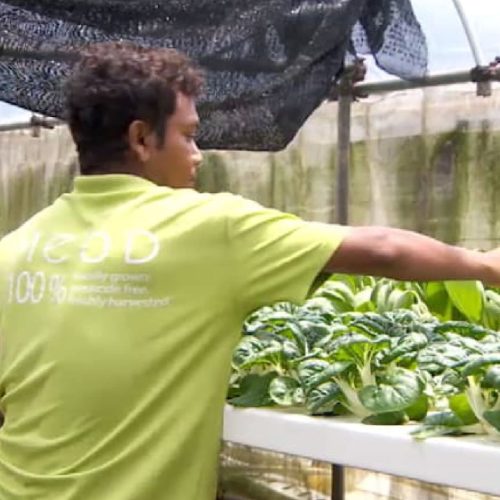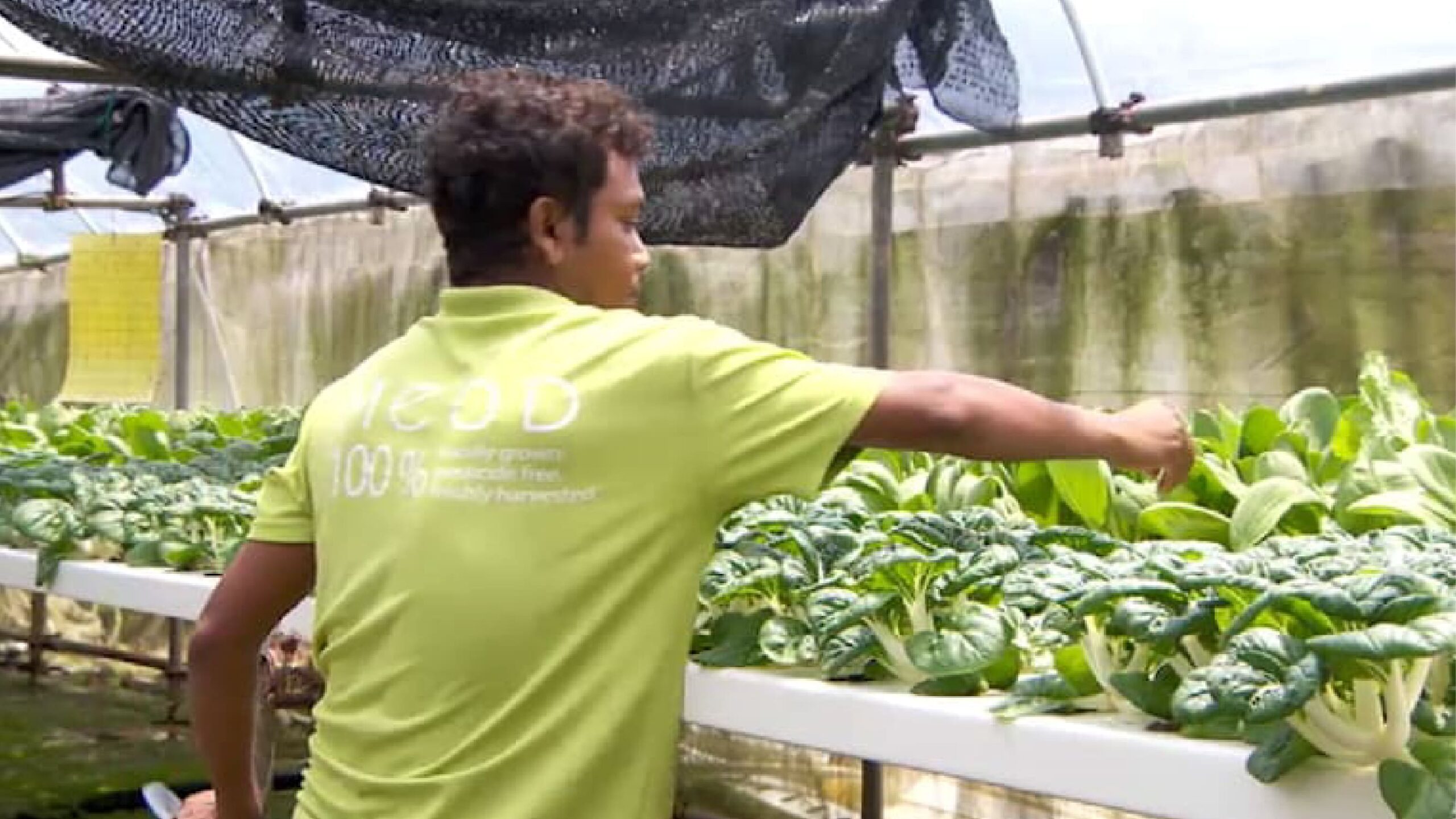On September 6, 2025, the carcass of a baleen whale was discovered in Singapore waters near Tanjong Pagar. The sighting, confirmed by the Lee Kong Chian Natural History Museum (LKCNHM) at the National University of Singapore, marks a rare opportunity for marine researchers to study one of the ocean’s most elusive giants.
The National Parks Board (NParks) first alerted the museum about the carcass. In the days that followed, the whale drifted towards the Marina Bay Cruise Centre before being secured to prevent it from floating into open waters. With the assistance of Singapore Salvage Engineers, the carcass was salvaged in an operation conducted between September 12 and 13.
Identifying the Whale
Initial examinations revealed that the specimen belonged to the Balaenoptera genus, which includes filter-feeding rorqual whales. The incomplete carcass measures approximately 6.3 meters in length and is estimated to weigh six tonnes.
Unfortunately, the whale was already in an advanced stage of decomposition when recovered. According to Dr Marcus Chua, Curator of Mammalia at the museum, this made it impossible to determine the cause of death immediately. However, tissue samples have been collected for genetic analysis, and further examinations are underway.
A Rare Scientific Opportunity
Encounters with whales in Singapore waters are uncommon, making each stranding a valuable chance to expand scientific understanding. The LKCNHM emphasized that every specimen provides a wealth of information, from genetics to anatomy, which can contribute to broader studies on marine biodiversity and conservation in Southeast Asia.
This recent find also coincides with the 10th anniversary of the Lee Kong Chian Natural History Museum, adding symbolic significance to the discovery. Associate Professor Darren Yeo, head of the museum, described the event as “both moving and serendipitous,” reflecting on the museum’s decade of research, education, and public engagement.
Previous Whale Discoveries in Singapore
The museum noted that it has been 10 years since the last whale carcass was studied in Singapore waters. In 2015, the carcass of a sperm whale washed up near Jurong Island. That whale, affectionately named Jubi Lee, became the first recorded sperm whale in Singapore’s territorial waters and the first confirmed sighting in the coastal waters of Peninsular Malaysia.
Since 2016, Jubi Lee’s skeleton has been on display as one of the centerpiece exhibits at the Lee Kong Chian Natural History Museum, drawing thousands of visitors and highlighting the importance of Singapore’s marine heritage.
Long before Jubi Lee, another historic specimen had been displayed in Singapore. In 1907, the National Museum of Singapore exhibited the skeleton of a 13.4-meter-long blue whale, which had been stranded near Melaka in 1892. That specimen was later transferred to the National Museum of Malaysia in 1974.
The Importance of Whale Strandings
According to Dr Chua, each whale stranding offers unique opportunities for research that are otherwise extremely rare in tropical Southeast Asia. The study of carcasses provides insight into the life history, diet, health, and evolutionary traits of these massive marine mammals. Additionally, tissue samples collected from strandings can be stored for future research, including genetic mapping and climate impact studies.
The museum is currently processing the baleen whale carcass in a restricted area, where it is being carefully examined to preserve as much scientific information as possible. Details of the dissection and subsequent findings will be made available once the study progresses further.
Singapore’s Only Natural History Museum
The Lee Kong Chian Natural History Museum, located at the National University of Singapore, is the nation’s only dedicated natural history museum. Since opening in 2015, it has played an essential role in preserving Singapore’s biodiversity heritage and serving as a hub for research and public education.
This latest discovery underscores the museum’s mission to document and study Southeast Asia’s rich natural environment. By salvaging and studying rare specimens like the baleen whale, the museum not only deepens scientific knowledge but also fosters greater public awareness of the need to protect marine life.
Conclusion
The discovery of the baleen whale carcass near Tanjong Pagar is more than just a rare natural event. It represents a significant scientific opportunity for Singapore’s researchers and conservationists to learn more about the marine giants that occasionally pass through regional waters.
As the Lee Kong Chian Natural History Museum continues its detailed study of the carcass, the findings will not only add to the country’s scientific records but also strengthen global understanding of whale species and their conservation. Just as Jubi Lee became an icon of Singapore’s natural history a decade ago, this new baleen whale specimen may become the next chapter in the nation’s story of marine discovery.








